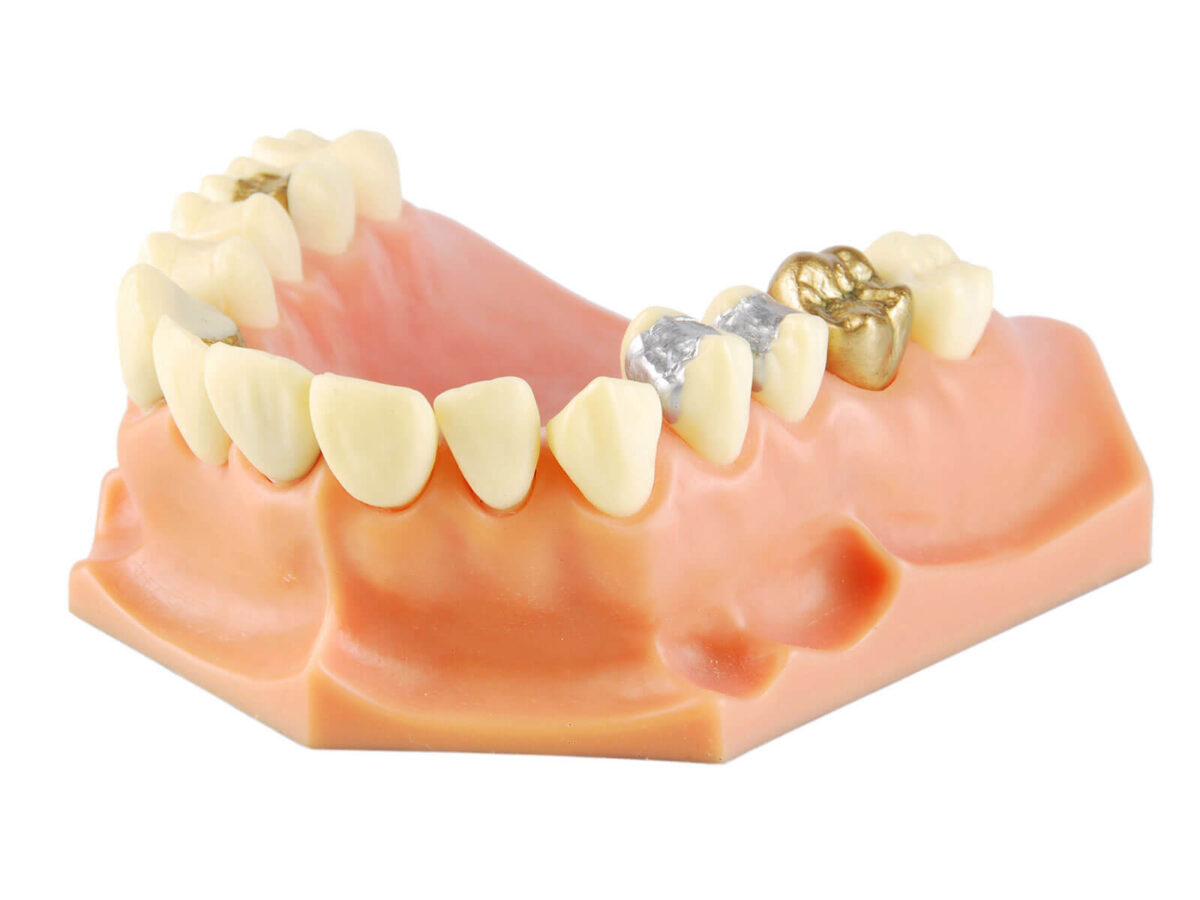Blog
Dental hygiene tips for healthy teeth & gums

Understanding Different Types of Dental Fillings
Dental fillings are essential in the treatment of cavities and the restoration of tooth structural integrity. With advances in dental materials and technology, numerous types of dental fillings are now accessible, each with its own set of advantages. This comprehensive guide is intended to provide insights into the various types of dental fillings, their qualities, and the considerations to consider when selecting the best solution for your oral health needs.
Different Types of Dental Fillings
1. Amalgam Fillings:
a. Composition: Amalgam fillings, often known as silver fillings, are made up of a mix of silver, tin, copper, and mercury.
b. Durability: Amalgam fillings are known for their durability since they can bear chewing pressures and persist for an extended period.
c. Affordability: Because amalgam fillings are inexpensive, they are a popular alternative for those on a tight budget.
d. Visibility: Because of their silver color, amalgam fillings are more visible than tooth-colored alternatives.
2. Composite Fillings:
a. Composition: Composite fillings are formed of a combination of plastic resin and finely ground glass particles that give them a tooth-colored appearance.
b. Aesthetics: Composite fillings are aesthetically pleasant because they are nearly unnoticeable and mimic teeth’ natural color.
c. Versatility: These adaptable fillings can be used in front and back teeth for small to medium-sized restorations.
d. Bonding Process: A more natural tooth structure is preserved because composite fillings attach directly to the tooth.
3. Ceramic (Porcelain) Fillings:
a. Composition: Ceramic fillings are constructed of porcelain or ceramic materials.
b. Aesthetics: Ceramic fillings are well-known for their natural appearance, closely matching the color and clarity of genuine teeth.
c. Durability: Ceramic fillings are stain-resistant and robust, making them a long-lasting solution.
d. Biocompatibility: Ceramic fillings are biocompatible and well tolerated by people allergic to metals.
4. Fillings made of glass ionomer:
a. Composition: Glass ionomer fillings comprise acrylic and glass particles.
b. Flexibility: These fillings are frequently utilized for non-load-bearing restorations, such as front teeth, or as a temporary option.
c. Fluoride Release: Glass ionomer fillings release fluoride, which helps to prevent further deterioration in the tooth structure.
d. Low Friction: Because these fillings have the same coefficient of thermal expansion as natural teeth, they reduce the danger of additional tooth fractures.
5. Gold Fillings:
a. Composition: Gold fillings, also known as gold inlays/onlays, are made of gold alloy, which may contain additional metals such as copper and silver.
b. Durability: Gold fillings are highly robust and can endure chewing pressures for an extended period.
c. Biocompatibility: Gold is biocompatible and well tolerated by the tissues around it.
d. Precision Fit: Gold fillings are frequently produced outside the mouth, resulting in a precise fit with minimum influence on adjacent tooth structure.
6. Considerations When Choosing a Dental Filling:
a. Cavity Size and Placement: The size and placement of the cavity determine the filling material selection. Materials with greater strength may be preferred for larger cavities.
b. Aesthetic Preferences: Aesthetic concerns are essential, particularly for visible teeth. For a more natural appearance, patients frequently select tooth-coloured fillings.
c. Cost: Budget factors might influence the choice of dental fillings, with amalgam being less expensive than tooth-colored choices.
d. Allergies and Sensitivities: People allergic to metals may prefer nonmetallic fillings, such as composite or ceramic, to avoid sensitivities.
e. Longevity and Durability: The filling’s predicted longevity and durability under chewing forces are critical to consider.
f. Dentist Recommendation: When making recommendations, dentists evaluate various aspects, including the patient’s oral health, preferences, and the specific qualities of the filling materials.
Conclusion
Choosing the proper sort of dental filling requires considering several criteria, including aesthetics, durability, and financial restraints. Discussing your options with your dentist and knowing the distinct characteristics of each filling material will assist you in making an informed decision that is personalized to your oral health needs.
Whether you choose amalgam for its durability, composite for its aesthetics, ceramic for its natural look, or another choice, selecting the appropriate dental filling leads to effective cavity treatment and restoring a healthy, functional smile.
